David Harvey: Paris, Capital of Modernity (2003)
Filed under book | Tags: · 1800s, city, culture, france, history, labour, literature, modernity, paris, politics
Collecting David Harvey’s finest work on Paris during the second empire, Paris, Capital of Modernity offers insights ranging from the birth of consumerist spectacle on the Parisian boulevards, the creative visions of Balzac, Baudelaire and Zola, and the reactionary cultural politics of the bombastic Sacre Couer. The book is heavily illustrated and includes a number drawings, portraits and cartoons by Daumier, one of the greatest political caricaturists of the nineteenth century.
Publisher Routledge, 2003
ISBN 041594421X, 9780415944212
372 pages
PDF (updated on 2014-9-5)
Comment (0)The Situated Technologies Pamphlets 1-4 (2007-2009)
Filed under pamphlet | Tags: · architecture, city, interactive design, labour, life, situated technologies, ubiquitous computing, urban computing, urbanism
The Situated Technologies Pamphlet Series extends a discourse initiated in the summer of 2006 by a three-month-long discussion on the Institute for Distributed Creativity (iDC) mailing list, which culminated in the Architecture and Situated Technologies symposium at the Urban Center and Eyebeam in New York that October, co-produced by the Center for Virtual Architecture, the Architectural League of New York, and the iDC.
The series aims to explore the implications of ubiquitous computing for architecture and urbanism: How are our experience of the city and the choices we make in it affected by mobile communications, pervasive media, ambient informatics, and other “situated” technologies? How will the ability to design increasingly responsive environments alter the ways we conceive of space? What do architects need to know about urban computing, and what do technologists need to know about cities? How are these issues themselves situated within larger social, cultural, environmental, and political concerns?
Published three times a year over three years, the series is structured as a succession of nine “conversations” between researchers, writers and other practitioners of architecture, art, philosophy of technology, comparative media study, performance studies, and engineering. It takes on the urgent and ambitious task of exploring the implications of emerging technologies and their intersection with daily life.
Such a rapid insertion of texts into discourse is rarely witnessed within the context of traditional US publishing, which often requires years to go from manuscript to distribution of the printed book. We feel strongly that the discussion about Situated Technologies cannot be postponed that long. At the same time, we acknowledge that the subject is itself a moving target, as these technologies continue to evolve rapidly. Given these considerations, we’ve opted to publish the series using Print On Demand (POD) technology. Widely used but still little known, this publishing technique allows fast turnaround of books that can be ordered through online bookstores and are indistinguishable from many books in your bookshelf.
Series Editors: Omar Khan, Trebor Scholz, Mark Shepard
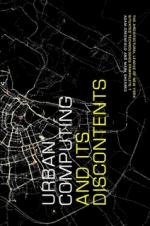
Situated Technologies Pamphlet 1: Urban Computing and its Discontents
by Adam Greenfield and Mark Shepard
Fall 2007
A conversation between the authors providing an overview of the key issues, historical precedents, and contemporary approaches to designing situated technologies and inhabiting cities populated by them.
Download a PDF here or get a printed copy from Lulu.com.
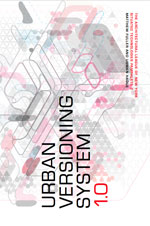
Situated Technologies Pamphlet 2: Urban Versioning System 1.0
by Matthew Fuller and Usman Haque
Spring 2008
What lessons can architecture learn from software development, and more specifically, from the Free, Libre, and Open Source Software (FLOSS) movement? Written in the form of a quasi-license, Urban Versioning System 1.0 posits seven constraints that, if followed, will contribute to an open source urbanism that radically challenges the conventional ways in which cities are constructed.
Download a PDF here or get a printed copy from Lulu.com.
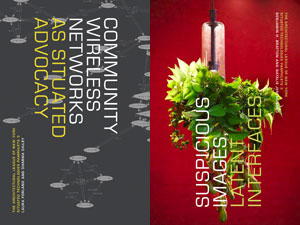
Situated Technologies Pamphlet 3: Situated Advocacy
Summer 2008
A special double issue featuring the essays:
Community Wireless Networks as Situated Advocacy
– Laura Forlano and Dharma Dailey
Suspicious Images, Latent Interfaces
– Benjamin Bratton and Natalie Jeremijenko
Advocacy is the act of arguing on behalf of a particular cause, idea or person, and addresses issues including self-advocacy, environmental protection, the rights of women, youth and minorities, social justice, the re-structured digital divide and political reform.
Situated Technologies Pamphlets 3: Situated Advocacy considers how situated technologies have been—or might be—mobilized toward changing and/or influencing social or political policies, practices, and beliefs. What new forms of advocacy are enabled by contemporary location-based or context-aware media and information systems? How might they lend tactical support to the process of managing information flows and disseminating strategic knowledge that influences individual behavior or opinion, corporate conduct or public policy and law?
Download a PDF here or get a printed copy from Lulu.com.
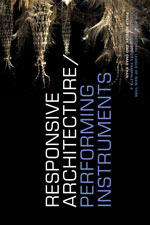
Situated Technologies Pamphlet 4: Responsive Architecture / Performing Instruments
by Philip Beesley and Omar Khan
Spring 2009
A new generation of architecture that responds to building occupants and environmental factors has embraced distributed technical systems as a means and end for developing more mutually enriching relationships between people, the space they inhabit, and the environment. This pamphlet discusses key qualities of “responsive” architecture as a performing instrument that is both mutable and contestable.
Download a PDF here or get a printed copy from Lulu.com.
Comment (0)Chto delat / What is to be done?, 38+ nos. (2003-) [Russian, English]
Filed under magazine | Tags: · activism, art, art criticism, capitalism, communism, critique, education, film, labour, literature, politics, theory
“Chto delat/What is to be done? was founded in early 2003 in Petersburg by a workgroup of artists, critics, philosophers, and writers from Petersburg, Moscow, and Nizhny Novgorod (see full list of participants on the web site) with the goal of merging political theory, art, and activism.
Since then, Chto delat has been publishing an English-Russian newspaper on issues central to engaged culture, with a special focus on the relationship between a repoliticization of Russian intellectual culture and its broader international context. These newspapers are usually produced in the context of collective initiatives such as art projects or conferences.”

Issue 1, August 2003
Realised in the framework of the festival of contemporary art “Artkliazma”, 29.08 – 07.09.2003
HTML

Autonomous Zones
Issue 2, September 2003
Realised in the framework of “Rohto” project /28.10-14.09.2003, at Central Exhibition Hall/
HTML

Emancipation from/of Labour
Issue 3, 2004
Realised as a part of an art project by Dmitry Vilensky “Negation of Negation” in a frame of the exhibition “Faster than History”, The Museum of Contemporary Art KIASMA, 2004
HTML

The International Now-here
Issue 4, April 2004
HTML

Love & Politics
Issue 5, May 2004
Realized in the framework of the exhibition “Watch Out! Art from Moscow and St. Petersburg”, Oslo, 27.05-05.09.2004
HTML

Revolution or Resistance?
Issue 6, August 2004
Realized in the framework of the festivals: Nordic & Russian Poetry, Art & Film Event “Swinging With Neighbours” in Stockholm 17-23rd of August, 2004, and “Art Kljazma” festival, Moscow
HTML

Drift. Narvskaja Zastava
Issue 7, September 2004
Realized in the framework of the festival Contemporary Art in Traditional Museums, St Petersburg, 25.09.-25.10.2004
HTML

State of Emergency
Issue 8, January 2005
Realized in the framework of conference “Klartext! The Status of Political in Contemporary Art and Culture”, January 14-16, 2005, Kunstlerhaus Bethanien and Volksbuhne, Berlin
HTML

What Do We Have in Common?
Issue 9, May 2005
This publication is part of the exhibition project “The Builders” realized on the occasion of the exhibition Collective Creativity, at Kunsthalle Fridericianum Kassel, from May 1 – July 17, 2005
HTML

How Do Politics Begin?
Issue 10, September 2005
HTML (Part 1), HTML (Part 2)

Why Brecht?
Issue 11, January 2006
Realized in the framework of exhibition “Capital” (It Fails Us Now) /07.01.-15.02.2006/, Kunstihoone, Tallinn, Estonia with the generous support of the NIFCA.
HTML

(Im)possible Spaces
Issue 12, March 2006
Realized in a frame of the exhibition “Contested Spaces in Post-Soviet Art” at Sidney Mishkin Gallery, New York / 24.03. 2006 – 26.04.2006/
HTML

Culture and Protest. Another Power is Possible
Issue 13, July 2006
Realized in the framework of the 2nd Russian Social Forum during the G-8 Summit in Petersburg.
HTML

Self-Education
Issue 14, September 2006
Realized in the framework of the exhibition “Self-Education” at the State Center for Contemporary art, 06.09.-30.09.2006
HTML

Reactionary Times
Issue 15, February 2007
Appeared in the framework of documenta 12 magazines, a collective editorial project linking worldwide over 80 print and on-line periodicals, as well as other media.
HTML

Potentialities Beyond Political Sadness
Issue 16, March 2007
Realized in collaboration with and funded in part by the “Space for Actualisation”, Hamburg and with the support of the Iaspis International Artists’ Studio Program in Sweden
HTML

Debates on the Avant-Garde
Issue 17, August 2007
Co-produced by WorkMethod, Paris, with the support of American Center Foundation, and Frac Ile-de-France/Le Plateau, Paris in the context of the project “Société Anonyme”.
HTML

Becoming a Mother. The work of care in contemporary capitalism
Special issue, November 2007
Realised in framework of the exhibition “Becoming a mother” that took place at Botkyrka Konsthall from 24 November 2007 till 1 March 2008 with the support from Labyrint Press and Swedish Institute.
HTML

Basta!
Special issue, February 2008
HTML, PDF

Critique and Truth
Issue 18, March 2008
Published on the occasion of the exhibition “Have the Cake and Eat It, Too. Institutionskritik als instituierende Praxis”, March 13-April 19, 2008, Kunsthalle Exnergasse Vienna (http://www.wuk.at/kunsthalle). from 24 November 2007 till 1 March 2008 with the support from Labyrint Press and Swedish Institute
HTML

Knowledge in Action
Special issue, September 2008
Published in collaboration with Street University on the occasion of the European Social Forum 2008 in Malmö, September 17-21, 2008, (http://www.esf2008.org/).
HTML

What Does it Mean to Lose? The Experience of Perestroika
Issue 19, September 2008
Produced on collaboration with U-TURN Quadrennial for Contemporary Art with the support of the Culture Programme of the European Union and Kulturkontakt Nord.
HTML, PDF

When Artists Struggle Together
Special issue, November 2008
HTML, PDF

What is the Use of Art?
Issue 25, March 2009
Published on the occasion of the exhibition project realised by Chto delat workgroup ‘Plug In #51: Activist Club’ at the Van Abbemuseum, Eindhoven
HTML, PDF

Another Commons: Living / Knowledge / Act
Issue 26, 2009
HTML

The Great Method
Issue 27, September 2009
HTML, PDF

Make Film Politically. Contemporary Filmmaking and the Soviet Avant-Garde
Special issue (later as Issue 28), September 2007
Published in framework of the exhibition “Electrification of the brains” that took place from 21 September to 3 November 2007 in Dresden.
HTML, PDF

Transitional Justice
Special issue, November 2009
HTML, PDF

Whose City Is This?
Issue 29, August 2010
HTML, PDF
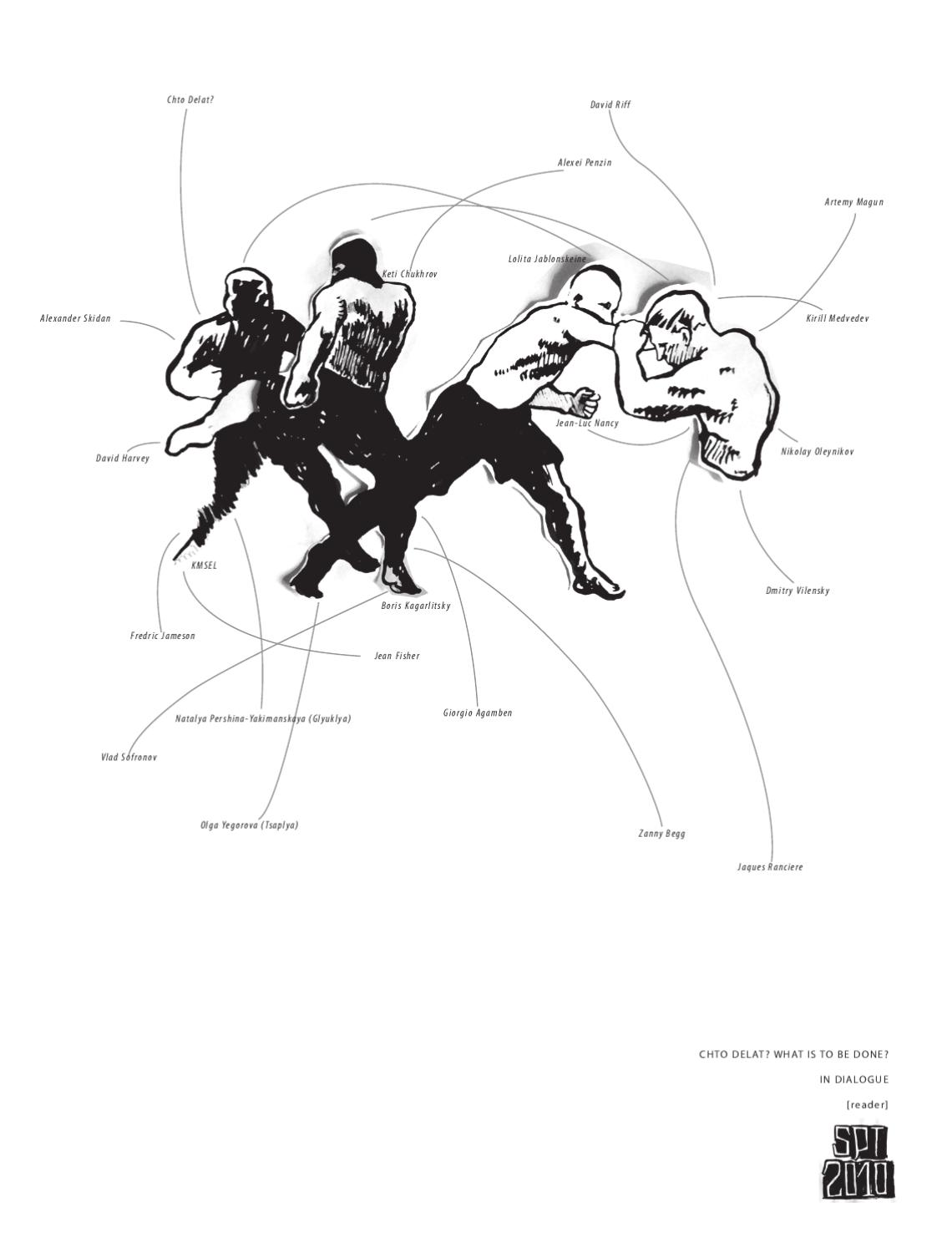
Chto delat? What is to be Done? In Dialogue [reader]
Special issue, September 2010
Published on occasion of the exhibition project What is to be done? … the urgent need to struggle at ICA, London (9 Sep-24 Oct 2010).
PDF

Living, Thinking, Acting politically
Issue 30, 2010
A brief analysis of the 48-Hour Communal Life Seminars
HTML, Issuu

Tragedy or Farce?
Issue 31, December 2010
HTML, PDF
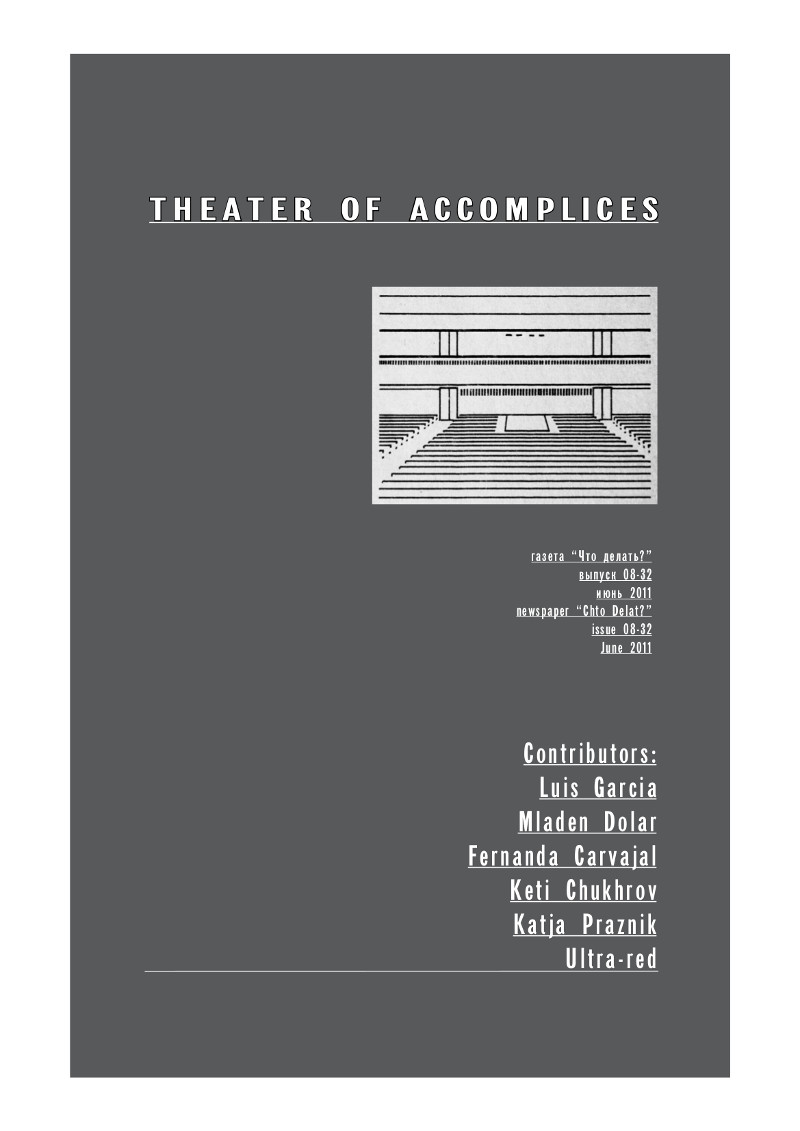
Theater of Accomplices
Issue 32, June 2011
HTML, PDF

Against Slavery
Issue 33, October 2011
HTML, PDF

In Defence of Representation
Issue 34, March 2012
HTML, PDF
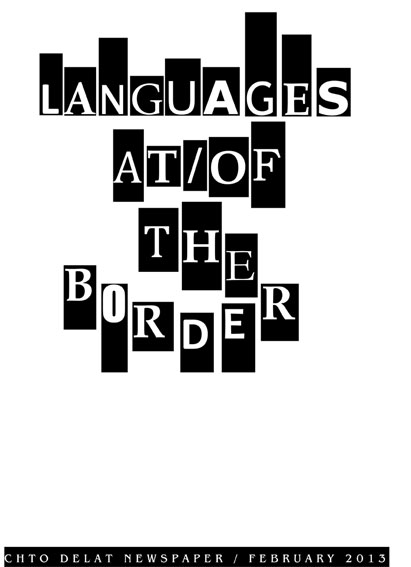
Language at/of the Border
Issue 35, February 2013
“The idea for this issue arose when we begin working on our film A Border Musical, whose screenplay is also printed here. This film is based on a study of the situation on both sides of the Russian-Norwegian border: we were interested in how a range of differences, which inevitably serve as sources of conflict in border areas, shape the subjectivity of people in daily contact with each other.” (from the Editorial)
Published on the occasion of the Barents Spectacle 2013 in collaboration with Border Aesthetics.
HTML, PDF
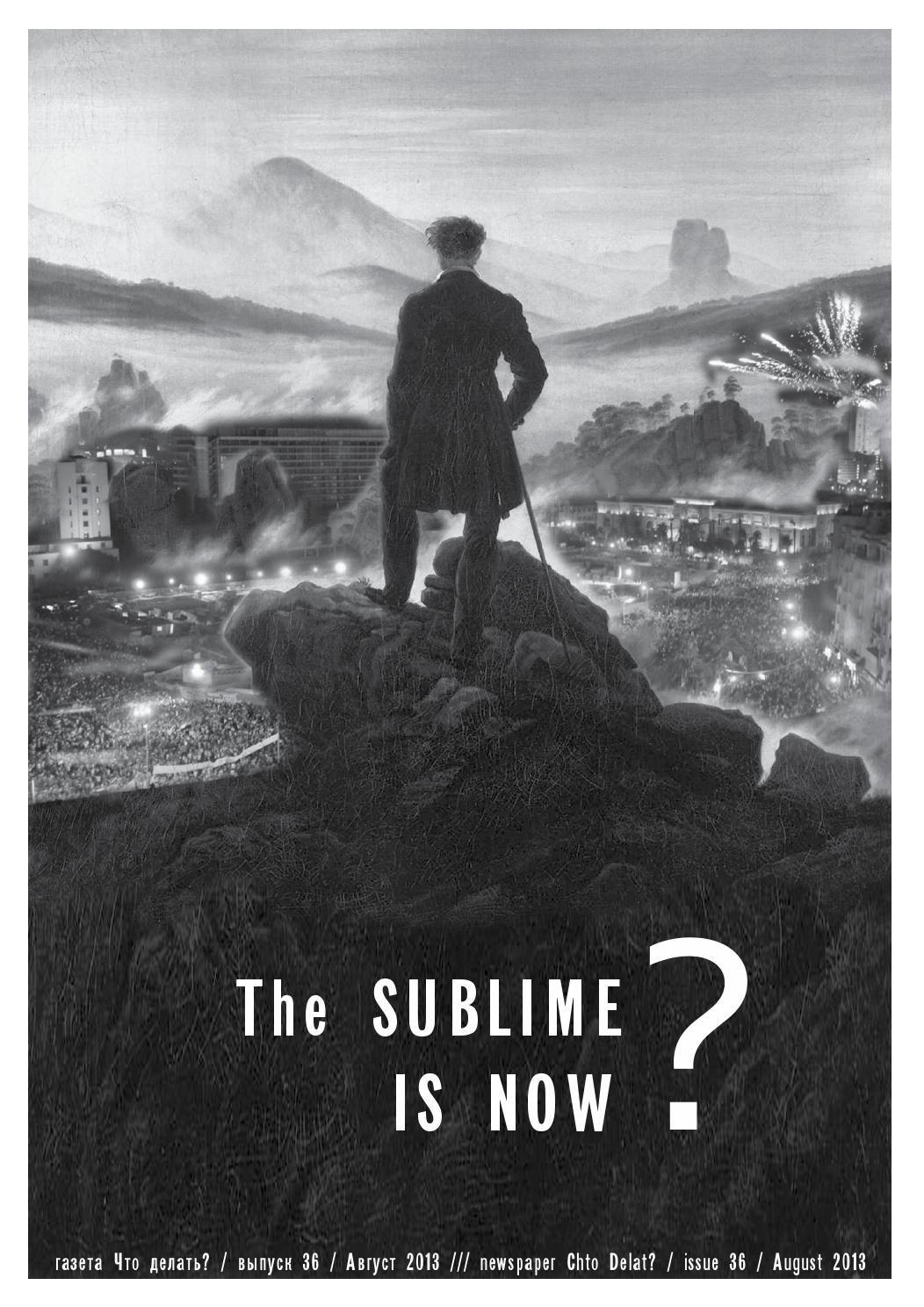
The Sublime is Now?
Issue 36, August 2013
HTML, PDF
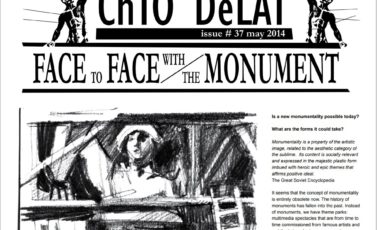
Face to Face with the Monument
Issue 37, May 2014
HTML, PDF
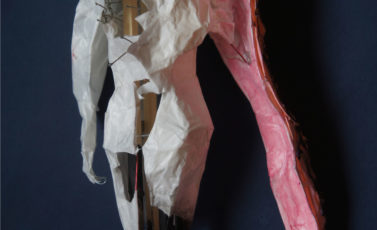
Time Capsule: Artistic Report on Catastrophe and Utopia
Issue 38, Nov 2014
HTML, PDF
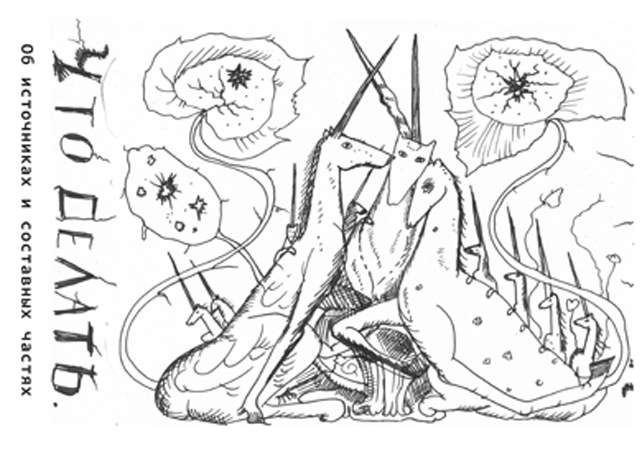
On the sources and currents of Chto Delat
Issue 39, Mar 2015
Issuu

Back to School: Reader on Performative Education
Jul 2015
PDF
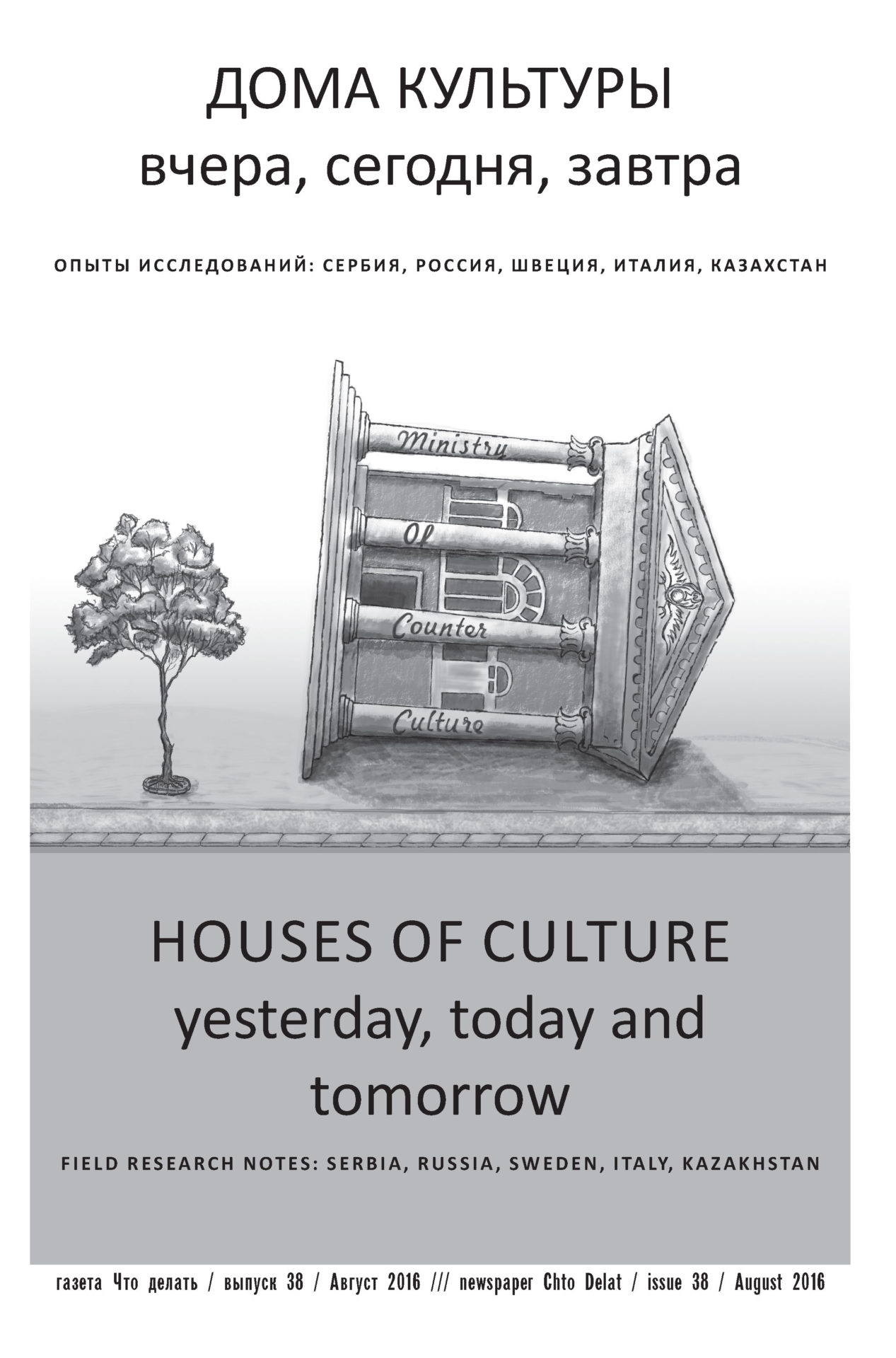
Houses of Culture
Issue 38, Aug 2016
HTML, PDF
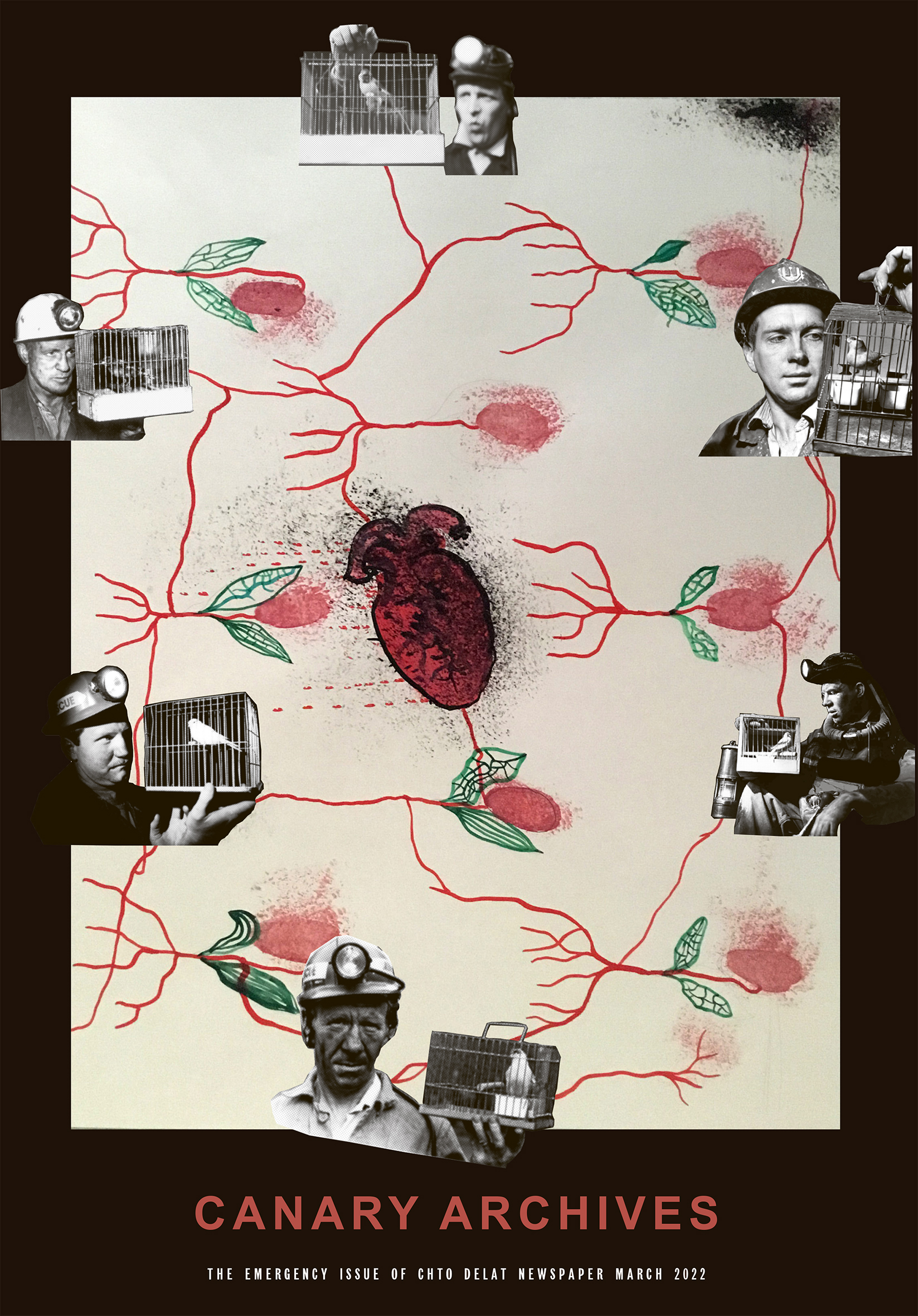
Canary Archives
Emergency issue, Mar 2022
HTML, PDF
Published under Creative Commons license.
(links updated on 2024-02-19)
Comment (0)

